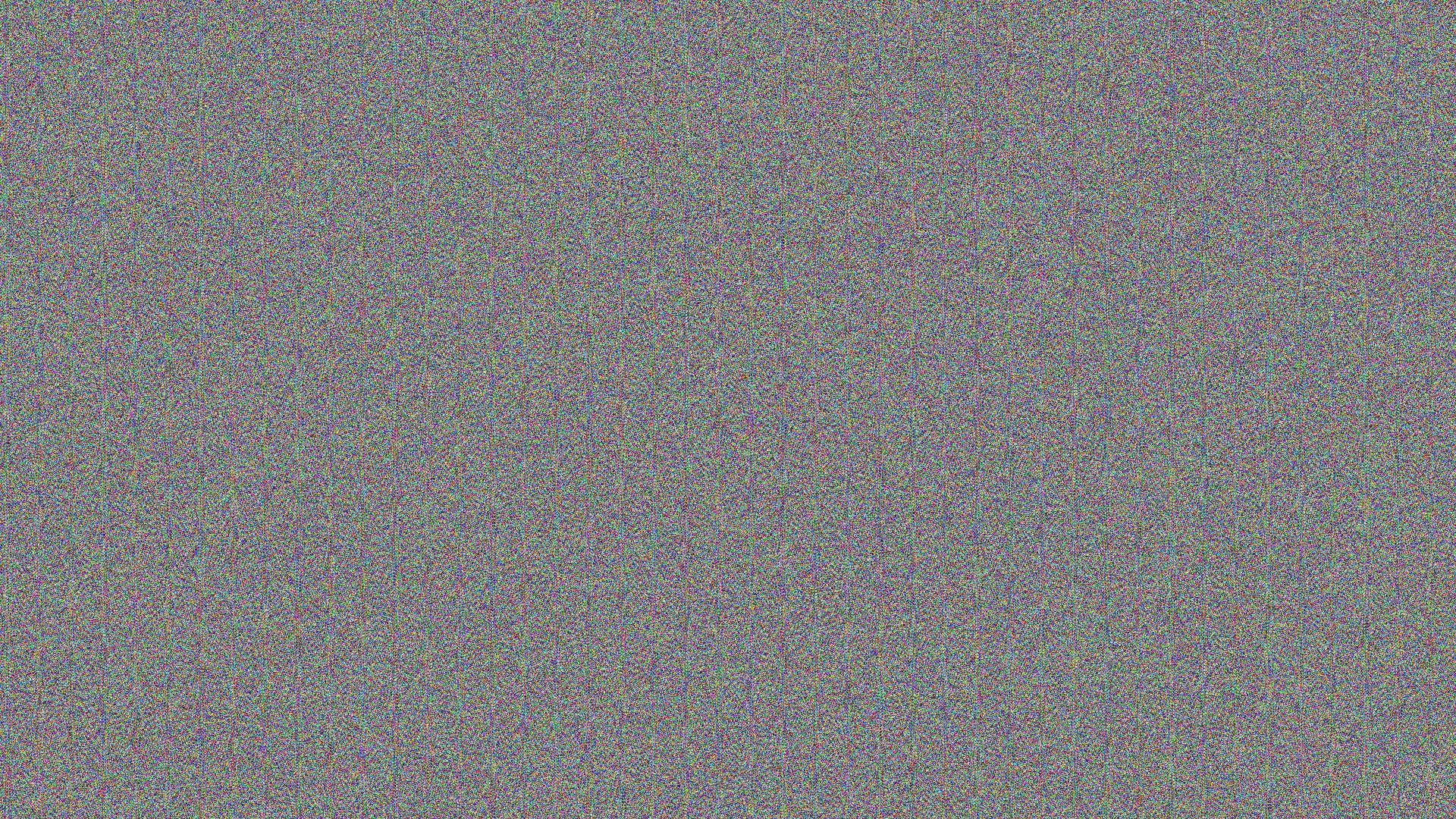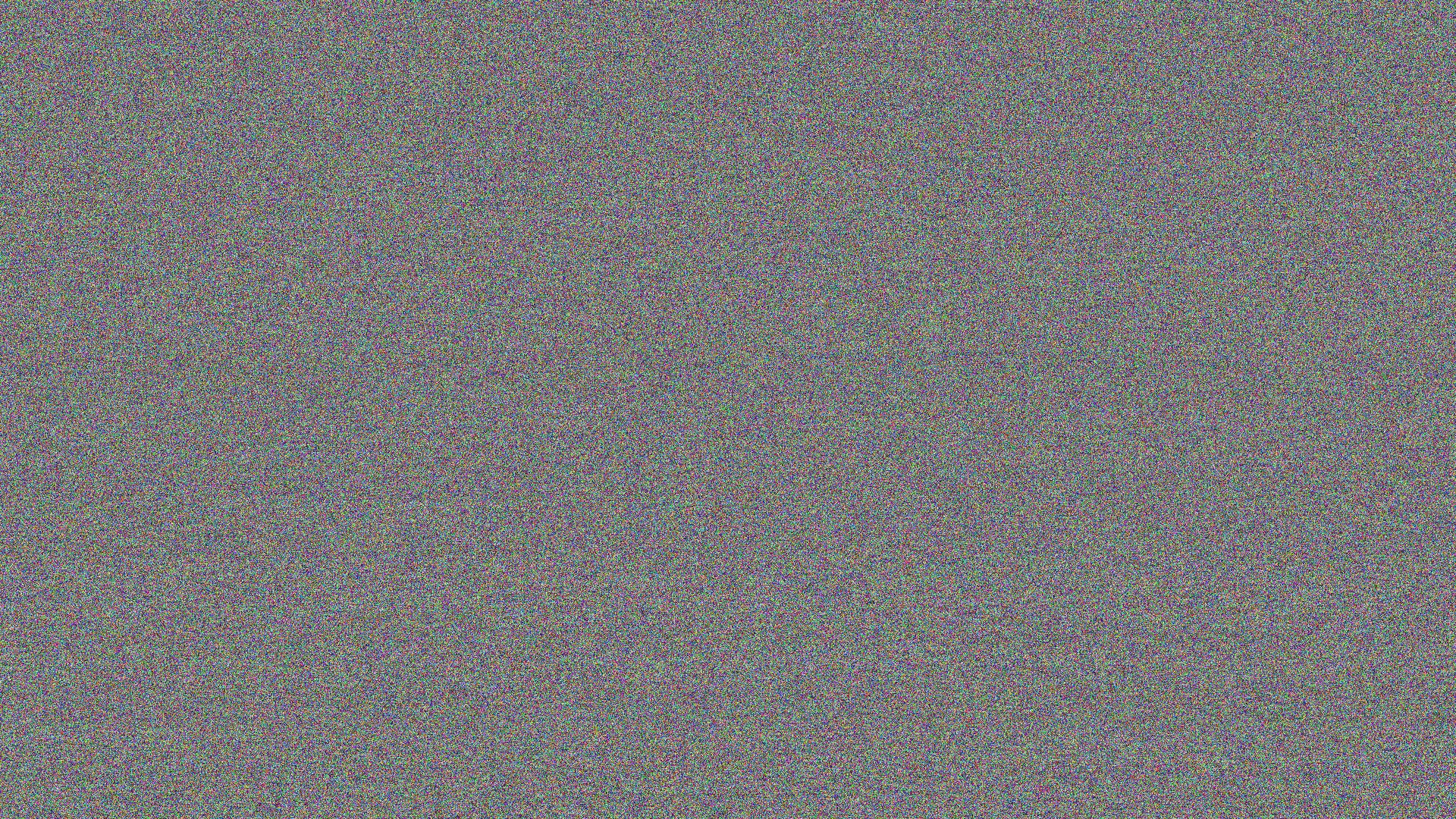Local artist creates visual project from random BIG Bell Test data
Do atoms behave differently when we are not looking at them?
The Bell test seeks to catch quantum particles “talking” to each other by matching their answers (output), to the questions asked (measurement). Unpredictable and independent input is one condition needed to perform Bell test experiments. Last week, the BIG Bell Test (BBT) brought true human unpredictability and randomness to the first ever human-driven Bell test.
More than 100,000 people worldwide participated, providing unpredictable, high-speed measurements in the form of ones or zeros. Participants could use a plain, online interface or play an online video game to send a string of random zeros and ones. The participants generated more than 90 million bits. Scientists used the random data in their Bell tests to perform real-time measurements on entangled particles: electrons, photons, atoms and superconducting qubits or artificial atoms.
Former Artist in Residence at the Institute for Quantum Computing (IQC) Laura De Decker had a different use for the random data. She brought the BBT to life through her project Randomness: A Visual Study, a video animation with image sequences.
“Whether you believe that there is something fundamentally random involved in quantum mechanics and human rapid decision-making or that the source of the randomness is beyond the boundaries of our current knowledge, randomness is interesting to explore and has many applications,” said De Decker. “With quantum mechanics, what the Bell tests tell us is that nonlocality is involved.”
Using the random data generated from the BBT along with two other data sources including algorithmic random data and quantum random data from a 50/50 optical beam splitter, De Decker input the zeros and ones into her computer code. The resulting visualization, which used nearly 50 000 000 ones and zeros gathered globally, is a unique creation.
“The computer code interprets values for variables expressed as visual attributes such as those relating to position and colour,” said De Decker. She spent a year at IQC studying quantum mechanics with Executive Director Raymond Laflamme. Her objective was to artistically interpret quantum phenomena, such as entanglement, superposition and randomness.

A visualization of the algorithmic random data.

A visualization of the 50/50 optical beam splitter random data.

A visualization of the BIG Bell Test random data.
Christopher Pugh, PhD candidate at IQC, assisted with generating the 50/50 optical beam splitter data and formatting data for the project.
Learn more about De Decker's artistic look at the quantum realm in the 2015 IQC Annual Report (pages 22-23).